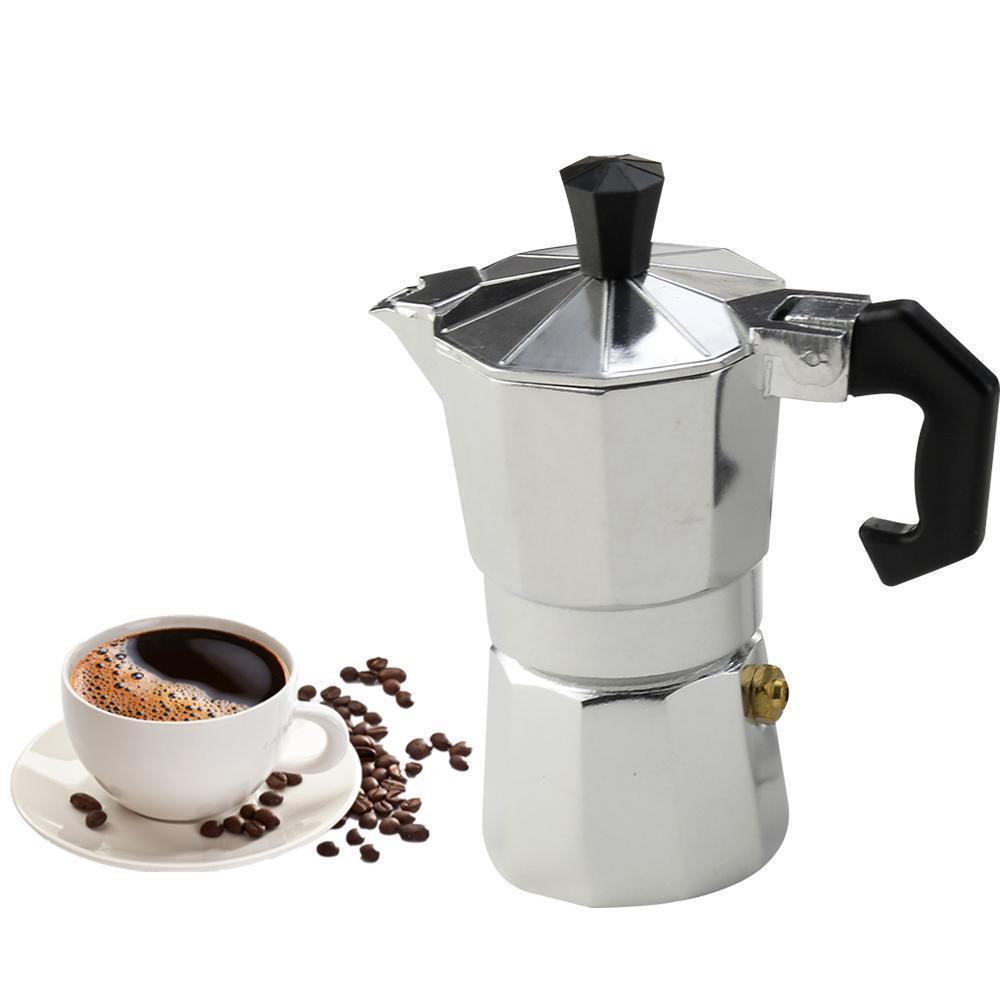Intense and sweet, Cuban coffee tastes like no other coffee. The characteristic flavor comes from a sugary foam, which looks like the crema you see on espresso but has none of its bitter flavor. A moka pot or stovetop espresso maker is the traditional brewing method, but you can use other coffee makers in a pinch.
Choose your coffee beans. Cuban style coffee is usually a powerful, aromatic dark roast , most commonly found abroad from the brands kafetos, Pilon,- If grinding beans yourself for a traditional moka pot, grind to a slightly coarse powder, not as fine as you would for espresso.
- An espresso machine will also work. You can use any coffeemaker in a pinch, but the result won't be as strong as a traditional Cuban coffee.
- Some brewers like to preheat the water in a kettle to just below boiling. This will extract the coffee faster and prevent the grounds from overheating.
Heat over medium-low. Screw the parts of the moka pot together and place it on the stove burner on medium-low heat. Leave the lid open so you can see inside.
Measure sugar into a deep cup. The key to Cuban coffee is the foam made from whipping sugar and coffee together, called espuma or espumita. Traditional Cuban families may use as much as 1 to 1½ tablespoons (15–22 mL) sugar per espresso shot (one demitasse cup). Many people nowadays prefer something somewhat less sweet, as low as 1–2 tsp (5–10 mL) sugar instead.
- Raw sugar is traditional, but granulated white sugar will work fine.
Pour the first drops of coffee onto your sugar. As soon as your moka pot releases enough coffee to cover the base, pour just enough onto the sugar to moisten it. It's important to do this right away, so don't let your moka pot out of sight.
- It's better to add too little coffee than too much. If you end up with a liquid, try again with a new cup.
Whip the sugar and coffee together vigorously. Beat the coffee into the sugar with a metal spoon as hard as you can for two or three minutes. At first, this should be a dry, dark paste. As you beat in air, the mixture will become a light caramel color and foam slightly.
Pour the rest of the coffee over your mixture. Once your coffee is ready, pour it slowly over the sugar paste. Stir until a brown foam (the espumita) rises to the top.
- Pour the coffee carefully into espresso cups, without breaking apart the espumita. You can spoon the foam directly onto each cup to make sure everyone can satisfy their sweet tooth.
Serve as desired. Here are a few traditional ways to drink Cuban coffee:
- Cafecito — black, with no additions besides the espumita
- Cortadito — blended with an equal amount of milk
- Cafe con leche — mixed with steamed milk to taste, and sometimes with a little salt and butter
